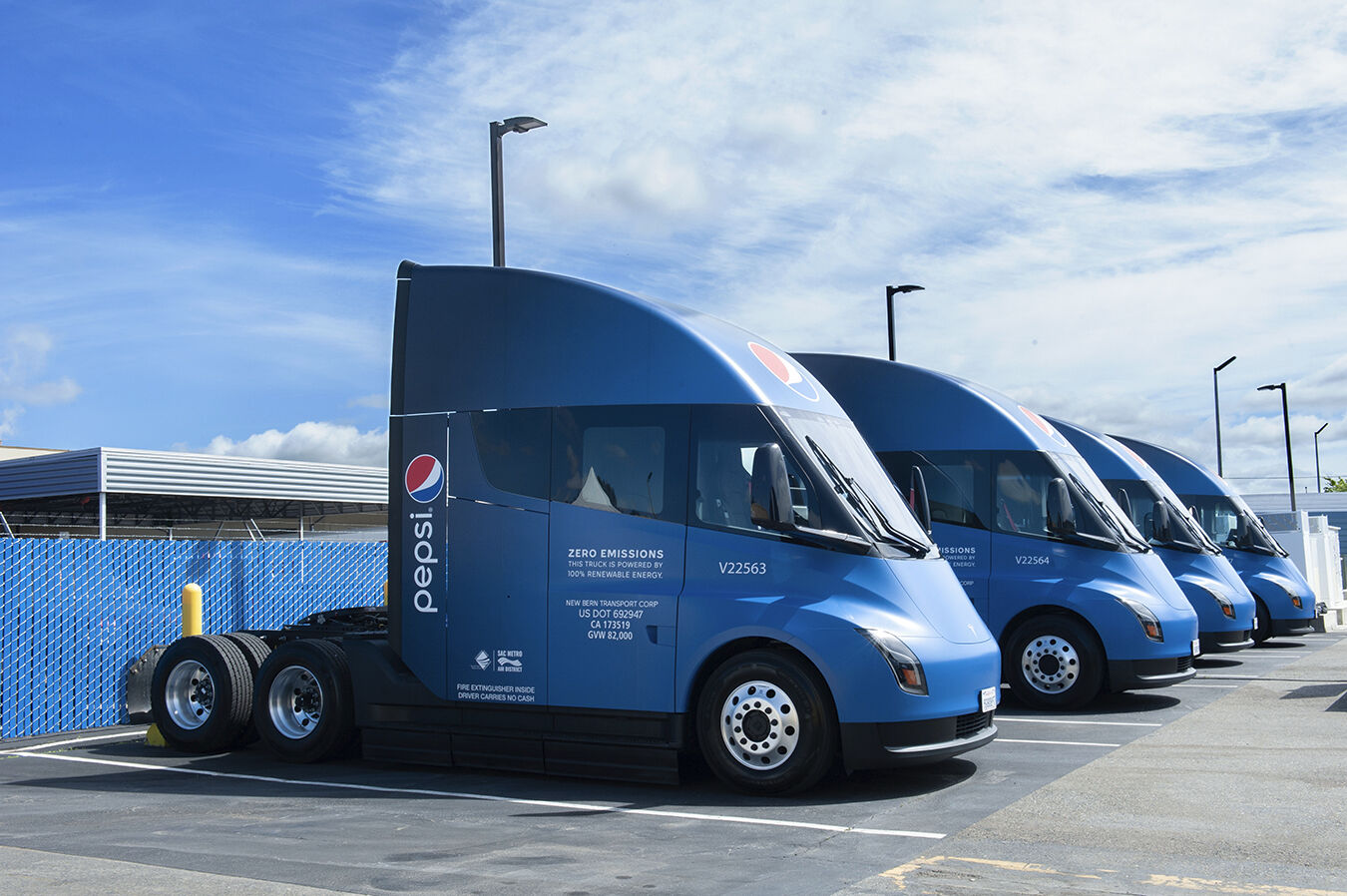
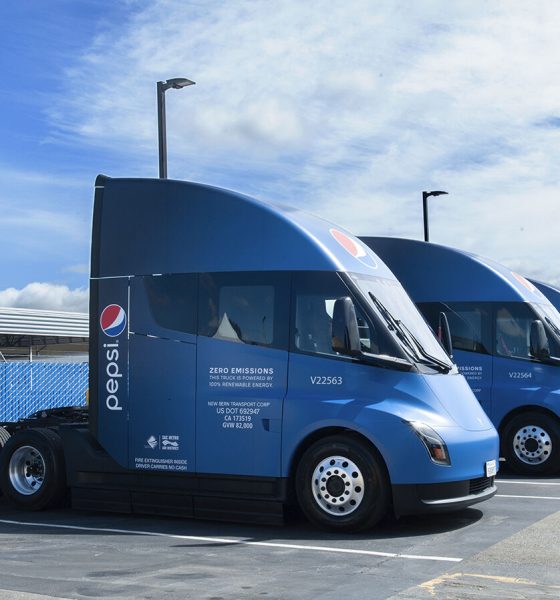
News
Tesla Semi real-world sightings show that a cleaner, quieter future is possible for the trucking sector
The Tesla Semi may still be in its initial production, but the units that have been delivered to PepsiCo are already making a strong statement. If anything, they emphasize the idea that it is possible to adopt a cleaner, quieter alternative to conventional trucking solutions featuring large, noisy, Class 8 diesel-powered semitrailers today.
It is easy to forget that while diesel-powered trucks have been the norm for a very long time, they do come with their own set of inconveniences. In 2021, researchers from the University of Michigan highlighted the issue of noise and air pollution caused by heavy-duty diesel trucks running through neighborhoods in Southwest Detroit. Residents in affected neighborhoods told the media that the presence of large diesel trucks is challenging because they tend to be noisy, and their emissions are significant. Some residents also noted that the constant sound from the diesel trucks had become a stressor.
Such issues are directly addressed by vehicles like the Tesla Semi. Being all-electric, the Semi is arguably the quietest Class 8 truck on the road today, with most of the vehicle’s sound seemingly coming from its wheels. The absence of an exhaust pipe on the Tesla Semi also means that regardless of where the Semi travels, people around it would not need to worry about inhaling harmful substances.
Needless to say, the Tesla Semi is a glimpse of a cleaner, quieter future for the trucking sector. And thanks to the growing number of PepsiCo’s Tesla Semi fleet, the EV community can now get a glimpse of what an electric truck-powered future could be like. Social media posts featuring the Class 8 all-electric truck in action show that the Semi is indeed a very quiet vehicle, and unlike its diesel-powered counterparts, it would likely not be as much of a nuisance for residents even if it travels through inner-city streets.
The lack of noise and emissions from the Tesla Semi is only the tip of the iceberg for the Class 8 all-electric truck’s inherent advantages. The vehicle is equipped with numerous safety features and driver-centric functions that would likely make the Tesla Semi a great truck to drive, even for drivers who have spent decades operating a conventional diesel semitrailer. Of course, both drivers and operators have to be open-minded enough to try out the Tesla Semi before the vehicle can truly make a difference.
Considering the initial reception of the Semi from PepsiCo and the general public so far, it appears that the enthusiasm surrounding all-electric Class 8 trucks is substantial. This is good news overall. As noted by CEO Elon Musk during the Semi’s first delivery event, after all, trucks comprise just 1% of all vehicles on US roads, but they are responsible for 20% of all US vehicle emissions and 36% of all US vehicle particulate emissions. It is then in everyone’s best interest to change the status quo.
Don’t hesitate to contact us with news tips. Just send a message to simon@teslarati.com to give us a heads up.

News
Tesla breaks Norway’s all-time annual sales record with one month to spare
With November alone delivering 4,260 new registrations, Tesla has cemented its most dominant year ever in one of Europe’s most mature EV markets.
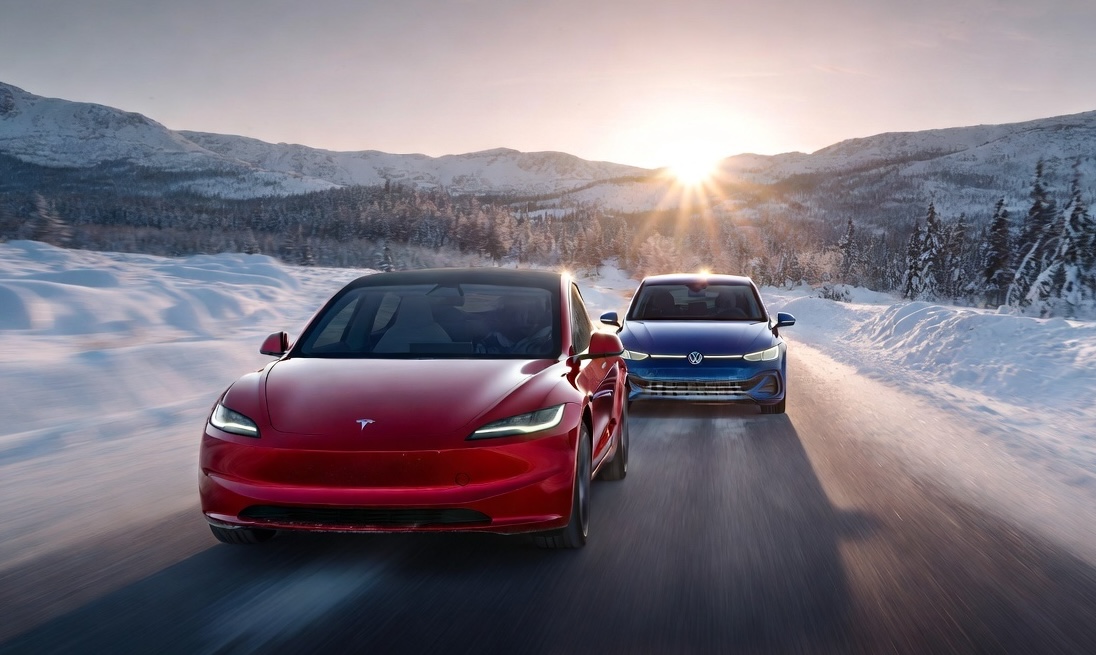
Tesla shattered Norway’s decade-old annual sales record this month, overtaking Volkswagen’s long-standing milestone with over one month still left in the year. Backed by surging demand ahead of Norway’s upcoming VAT changes, Tesla has already registered 26,666 vehicles year-to-date, surpassing Volkswagen’s 2016 record of 26,572 units.
With November alone delivering 4,260 new registrations month-to-date, Tesla has cemented its most dominant year ever in one of Europe’s most mature EV markets.
Model Y drives historic surge in Norway
Tesla’s impressive momentum has been led overwhelmingly by the Model Y, which accounted for 21,517 of Norway’s registrations this year, as noted in a CarUp report, citing data from Elbil Statistik. The Model 3 followed with 5,087 units, while the Model S and Model X contributed 30 and 19 vehicles, respectively. Even the parallel-imported Cybertruck made the charts with 13 registrations.
Demand intensified sharply through autumn as Norwegian buyers rushed to secure deliveries before the country’s VAT changes take effect in January. The new regulation is expected to add roughly NOK 50,000 to the price of a Model Y, prompting a wave of early purchases that helped lift Tesla beyond the previous all-time record well before year-end.
With December still ahead, Tesla is positioned to extend its historic lead further. Needless to say, it appears that Norway will prove to be one of Tesla’s strongest markets in Europe.
FSD could be a notable demand driver in 2026
What’s especially interesting about Tesla’s feat in Norway is that the company’s biggest selling point today, Full Self-Driving (Supervised), is not yet available there. Tesla, however, recently noted in a post on X that the Dutch regulator RDW has reportedly committed to issuing a Netherlands national approval for FSD (Supervised) in February 2026.
The RDW posted a response to Tesla’s post, clarifying the February 2026 target but stating that FSD’s approval is not assured yet. “The RDW has drawn up a schedule with Tesla in which Tesla is expected to be able to demonstrate that FSD Supervised meets the requirements in February 2026. RDW and Tesla know what efforts need to be made to make a decision on this in February. Whether the schedule will be met remains to be seen in the coming period,” the RDW wrote in a post on its official wesbite.
If FSD (Supervised) does get approved next year, Tesla’s vehicles could gain a notable advantage over competitors, as they would be the only vehicles on the market capable of driving themselves on both inner-city streets and highways with practically no driver input.
News
Tesla Full Self-Driving v14.2’s best new feature is not what you think
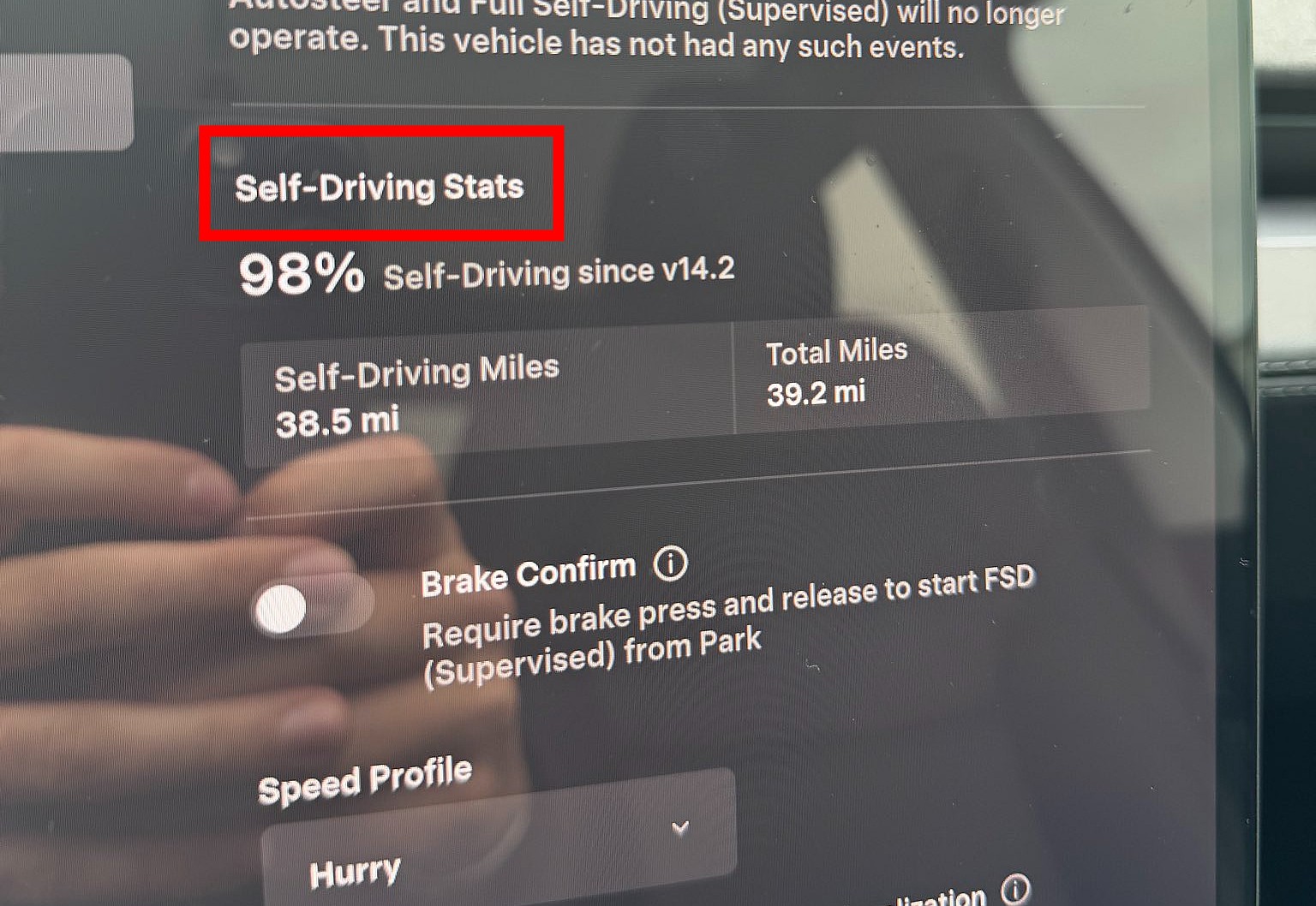
Tesla Full Self-Driving v14.2 rolled out late last week to Early Access Program (EAP) members, but its best feature is not what you think.
While Tesla has done a great job of refining the performance of the Full Self-Driving suite with the latest update, there are some other interesting additions, including one that many owners have requested for some time.
Upon the release of v14.2, many owners recognized the Blue Dot next to the Autopilot tab in Vehicle Settings, notifying them of a new feature. What was included as a new feature in the new update was a Full Self-Driving stats feature, which now will show you how many miles you’ve traveled in total, and how many of those miles were driven using FSD:
🚨 The coolest non-driving change of Tesla Full Self-Driving v14.2 pic.twitter.com/HOJcFaV2Ny
— TESLARATI (@Teslarati) November 21, 2025
The feature seems to be more of a bragging rights thing than anything, but it will also give drivers a good idea of how many miles they are using Full Self-Driving for. Those who use telematics-based insurance services will also be able to run experiments of their own, and could determine whether their premiums are impacted by the use of Full Self-Driving, and whether it is more advantageous to use over manual driving.
Tesla rolled out numerous other improvements with Tesla Full Self-Driving v14.2, most notably, the company seems to have resolved previous complaints about brake stabbing and hesitation. This was a major complaint in v14.1, but Tesla has seemed to resolve it with this newest branch of the FSD suite.
There were also improvements in overall operation, and it was notably smoother than past versions. Speed Profiles are seemingly refined as well, as they seem much more fixed on how fast they will travel and how aggressive they will be with things like passing cars on freeways and lane changes.
In future updates, Tesla plans to add Parking Spot selection, along with overall operational improvements. However, CEO Elon Musk recently said that the next branch, Full Self-Driving v14.3, will be where the “final piece of the puzzle is placed.” Tesla believes it is close to solving autonomy, so v14.3 could be a major jump forward, but it remains to be seen.
News
Tesla adjusts crucial feature as winter weather arrives
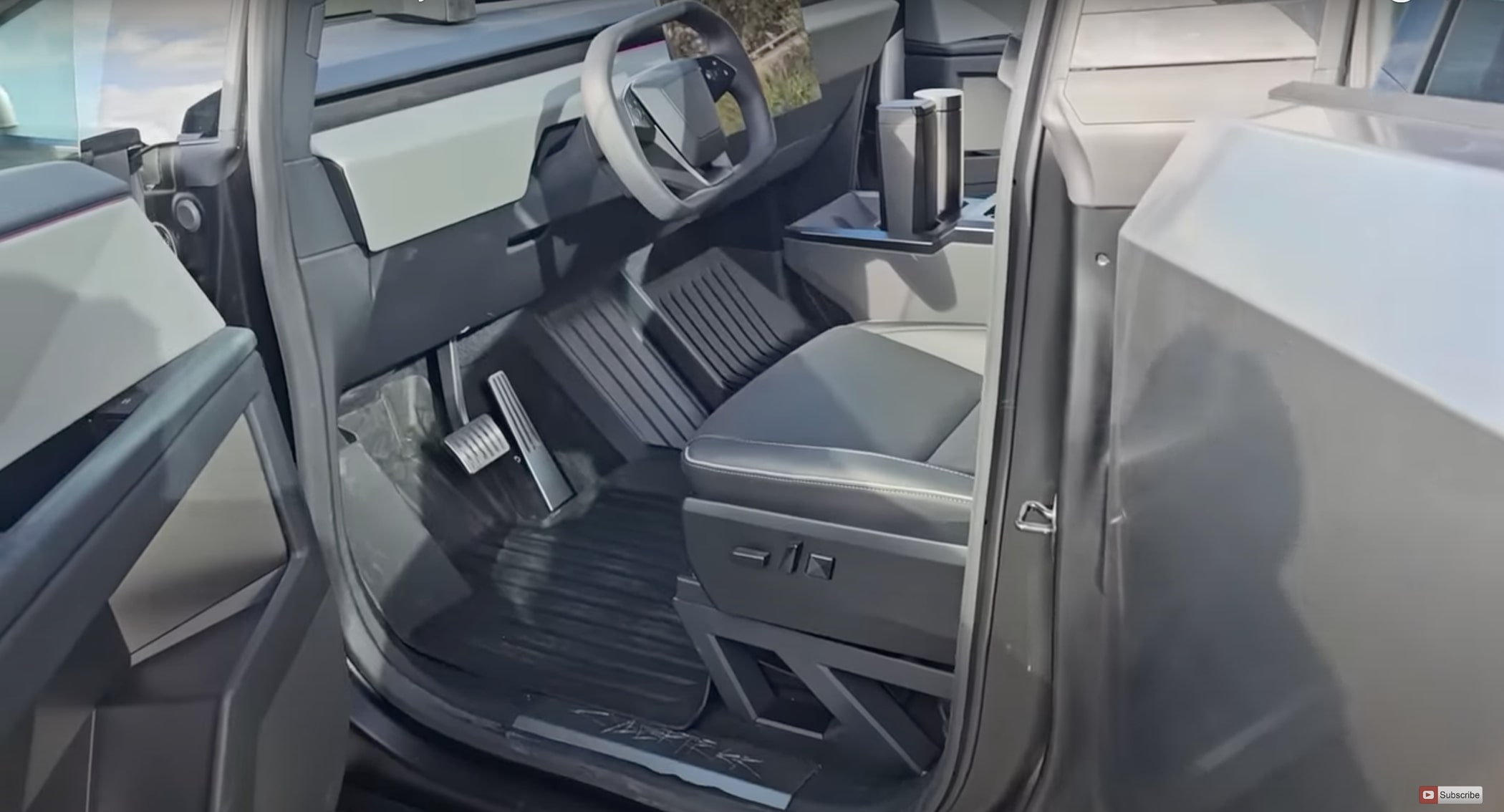
Tesla has adjusted the functionality of a crucial climate feature as Winter weather has started to arrive throughout some parts of the United States. The new feature was highly requested by owners.
Tesla has a Cabin Overheat Protection feature that helps keep the temperature regulated if it reaches a certain threshold. Inversely, it can be used in cold weather as well, which will automatically warm the cabin if it sinks to a temperature that is too low for the owner’s comfort.
This is a great way to keep the cabin either warmed up just enough or cooled down just enough so that it never gets too hot or too cold. Extreme temperatures could damage certain parts of the vehicle or damage personal belongings that are kept inside the car.
Overheat protection is a great thing to have in hot climates like Arizona or Texas, especially with the Premium trims of the Model 3 and Model Y, which feature a glass roof.
Many owners appreciate the feature, but they argue that using it at home will utilize too much energy, especially during extreme temperatures. For a while, many Tesla fans have requested an option to disable this feature when the car is parked at home, which the company recently added, according to Not a Tesla App.
The feature is part of Software Version 2025.44.3, and the release notes state:
“You can now choose Exclude Home when Cabin Overheat Protection or No A/C is enabled.”
Tesla has been great at listening to what owners want with new features, and this is one that will reserve some charge and prevent unnecessary utilization of available power, especially as the car is parked at home. If owners want to condition the cabin or get the car ready for operation with a comfortable interior, they can utilize the Tesla app to adjust the climate.








